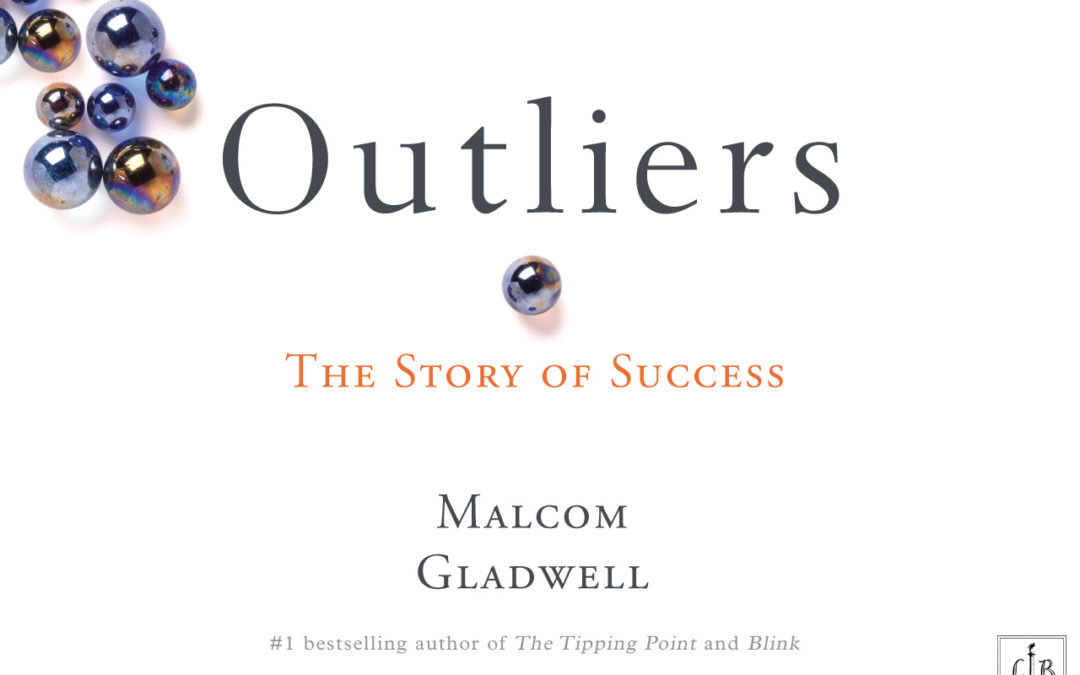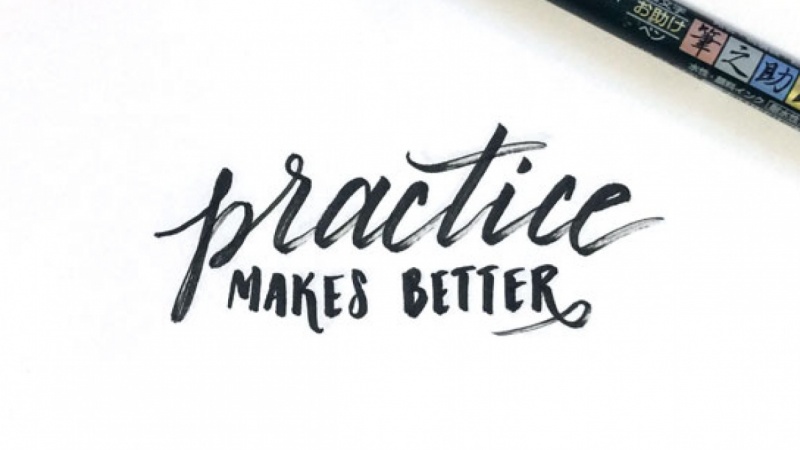A Dissection of Outliers by Malcolm Gladwell
An Assortment of Bailiwicks
Malcolm Gladwell, a writer for The New Yorker going on twenty years now, has presented an interesting idea. In his book titled Outliers: The Story of Success, after years of examination and research by himself and other parties, he states that in order to be acknowledged as world class in any field, a minimum of 10,000 hours of practice time is a necessity. Upon first glance, this statement could be blindly accepted as a fact; this is what I experienced throughout my first reading. However, when you truly dissect the claim, there is no need for this ignorance, because the truth presents itself fully.

If twenty hours a week for ten straight years seems like more than necessary, that’s because it is. In order to achieve “world class”, depending on your personal definition of “world class”, as well as the practice trying to be profiled, only a fraction of Gladwell’s assertion is necessary.
I bring up the case of personal definition simply because that is what this whole statement hinges on. If you believe world class to be the top 0.1% of a specific practice, 10,000 hours is probably what you need to be spending. If you believe world class to be a matter of competitive fairness, I am sure that reading this will give you a sizable confidence boost.
Tim Ferriss, a renowned entrepreneur and all-around time management genius, chimes in on the subject. Ferriss has written various books such as, The 4-Hour Workweek and The 4-Hour Body, both of which relate to time and the importance of getting the most out of said time. In an article for “Genius.com” Tim Ferriss “define[s] world-class very specifically: The top 5% in a given field.” This number compared to the 0.1% previously is a drastic difference. With this number, Ferriss even concludes that this definition of world class is “attainable within six months”, resulting, once again, in a drastic difference in perception.

Going even further than a mere percentage difference, Ferriss suggests that “correlation (e.g., A and B are found together) doesn’t mean causation (A causes B)”. In layman’s terms, this means that just because a certain group of professionals in a given specialty have been practicing with a steady schedule adding up to over 10,000 hours does not mean that these hours are the true and definite cause of stated class. When thinking about the research that was conducted in order to write Gladwell’s book, it makes sense that this sort of parallel would immediately be considered a “correlation = cause” scenario.
The idea of practice making perfect is one that we latch onto and refuse to genuinely analyze. This state of mind could possibly be a factor in the success of individuals, but further research challenges the clause. Drake Baer, a reporter for Business Insider, digs into a study conducted at Princeton University revealing the not-so-important practice of, well, practice. In a “meta-analysis of 88 studies on deliberate practice”, they found that “practice accounted for just a 12% difference in performance in various domains”. Not only is this percentage extraordinarily lower than assumed from Gladwell’s book, but Baer contradicts Gladwell even more directly by stating that he was surprised by “how much it depends on the domain”. Gladwell analyzed specialists in fields from sports to music, and yet still claims that “the same pattern emerged”.
One large flaw in the works of Gladwell is the lack of elucidation of Anders Ericsson’s, the researcher responsible for much of the “10,000-Hour Rule” chapter, investigation. Michael Shermer, an American science writer, asserts that “Ericsson's research was oversimplified by Gladwell in Outliers, leading everyone from sports athletes to Wall Street hedge fund managers to employ it in their explanations of success”. Instead of clearly stating that 10,000 hours is an extremely rough average, Gladwell basically conveys that if you haven’t attained a solid 10,000 hours of practice and performance time, you are most likely not an expert in your field. What he fails to mention is the vast range that this “estimate” comes from. Shermer references a study of chess players in 2007 that revealed how practice times “ranged from 3,000 hours for one player and 23,000 hours for another”. Most definitely different than a stamp of 10,000.

My upbringing was an interesting one, I suppose, compared to the average. I’ve lived in many places, but one place that allowed for training among an Olympian and Olympic hopefuls was Littleton, Colorado. I have seen what it takes to create and mold a high-ranking gymnastic figure, and from my observations and experience, it undoubtedly takes an enormous amount of time (as well as patience and pain tolerance). A specialty such as gymnastics is expected to take much more time than a specialty in football or basketball or underwater basket weaving. At the age of nine, I was in the gym practicing for twenty five hours a week; that is quite a bit of time for an elementary school kid.
My point in this is to show the difference of necessary practice in every domain. If I was learning to play the flute, for example, rather than in the gym, chances are I would not be spending twenty five hours a week in isolation with sheets of music, my flute, and maybe some trail mix. It is impossible to put an ‘umbrella of assumption’ over all possible fields.
The world offers many different fields of study, and everyone possesses the freedom to choose which they want to follow. However, do not be fooled into thinking that all of these fields are equal. With an assortment of bailiwicks comes a variety of requirements.
awesome writing..keep it up
Thanks for reading!
An Assortment of Bailiwicks...really great
Haha I appreciate it! Thanks for reading